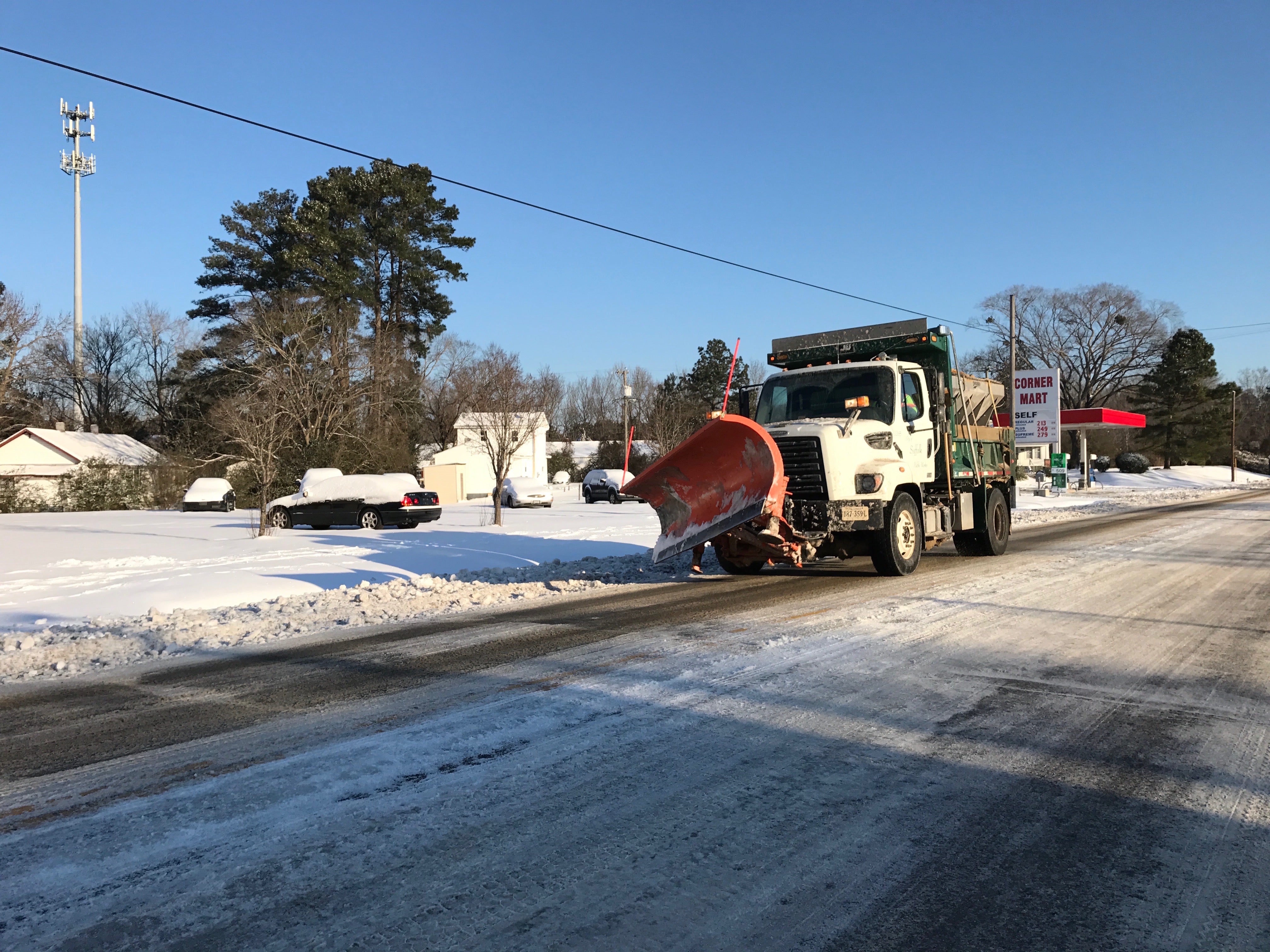Why we are paying more for gas
Published 12:00 am Wednesday, April 21, 2004
In the last couple of weeks it has become less and less surprising that $20 is hardly sufficient to fill your tank at the gas station.
This week, the price of gasoline has reached a new record high. Regular self-serve gasoline now costs an average of almost $1.80 a gallon, and in the nation’s most expensive place to fill up your car, San Diego, California, prices hit a high of $2.22 a gallon.
This is an increase of 2 1/2 cents a gallon in the past two weeks alone and an increase of 31 cents since December.
Crude oil rose last week to over $37 a barrel. The question on my mind and the minds of Americans is: why?
Unfortunately, there’s no one reason why Americans are paying so much at the pump, but there are plenty of factors.
The U.S. Department of Energy reports that when you pay for gasoline, typically your money is paying for the following four things:
1.
Crude Oil – Crude oil is the largest portion of what you pay at the pump. In February, this was 46% of the cost of a gallon of gasoline. The world’s crude-oil suppliers, particularly those nations in Organization of the Petroleum Exporting Counties (OPEC), determine the cost.
2.
Refining Costs – The refining of crude oil made up about 19% of the price of gasoline in February.
3.
Distribution and Marketing – Crude oil is transported to refineries, and gasoline is shipped from the refineries to distribution points and then to gas stations. These costs accounted for about 9% of the price of gasoline in February.
4.
Taxes – Federal and local taxes accounted for about 26% of the total price of gas in the United States during February. Federal excise taxes are 18.4 cents per gallon, and state excise taxes average 19.96 cents per gallon.
So, given these four parts of the cost of gas, which fluctuates the most?
Crude oil inventories consistently have the most dramatic effect on gas prices.
Simply put, the more oil, the less it costs.
And the single largest entity impacting how much oil the world has is OPEC, a consortium of 11 countries: Algeria, Indonesia, Iran, Iraq, Kuwait, Libya, Nigeria, Qatar, Saudi Arabia, the United Arab Emirates and Venezuela.
Combined, these 11 nations produce 40% of the world’s oil production and hold roughly two-thirds of the world’s oil reserves. When OPEC wants to raise the price of crude oil, it can simply reduce production. This causes gasoline prices to jump because of the short supply, but also because of the possibility of future reductions. Sometimes just the threat of oil reductions can raise gas prices. Since the United States depends heavily on foreign oil supplies, OPEC has a significant effect on what Americans pay for their gasoline.
While OPEC primarily determines oil supply, demand for oil can also affect gas prices. Extremely fast growth in China’s oil demand is also causing gas prices to rise – and may continue to do so in the coming future.
Estimates of Chinese oil demand growth in the last year have been hovering around
8 – 10 %- up from an average growth rate of 6.5 percent from 1992 to 2002. By any measure, this growth is significant. If the Chinese demand for oil continues at this rate, which it is reasonably expected to do, the world will face significantly higher demand for oil, and Americans will continue to see higher gas prices.
When foreign oil production decreases or when world oil demand rises, we often hear more about the U.S. Strategic Petroleum Reserve (SPR). SPR is a reservoir of oil that currently stores about 645 million barrels of oil in underground salt caverns along the Gulf of Mexico.
Given that the United States imports about half of its oil, the Strategic Petroleum Reserve holds about a 60-day supply of oil if all imports were suddenly and totally cut off.
Following the September 11 terrorist attacks, President Bush decided to fill the SPR to its authorized level of 700 million barrels.
Since then, over 100 million barrels have been added, and the SPR now holds almost 650 million barrels. Since last April, following the start of the war in Iraq, the rate has averaged over 1 million barrels a week, or about 1 percent of U.S. crude oil demand. Other countries are also building their reserves, which may also be playing a role in the speculative fervor behind the oil-price rise.
Many other things also affect oil prices. Typically, the demand for gas spikes during the summer, especially around holidays, when lots of people go on vacation, pushing prices up. Price increases also occur when refineries perform spring maintenance, decreasing the amount of gas refineries can produce.
Varying state and local taxes cause varying prices around the country. Gas station competition can play a part.
Even the distance from which the gas station is located from the oil refinery can also affect prices because of transportation costs.
Because there is no one factor influencing how much we are paying at the pump, there is clearly no one solution. Energy is the lifeblood of the economy, and gasoline prices are central to the cost of doing business in America. Farmers and small business owners are impacted especially hard when gas prices skyrocket.
When energy prices rise and employers feel squeezed, or when dependence on foreign energy sources increases, Americans can run the risk of losing jobs.
Gas prices have always been volatile and, like any commodity on the world market, we can’t expect to control them completely.
We can, however, work to ensure that the United States has adequate and affordable future energy supplies by increasing domestic production of oil, lowering fuel taxes, and continuing to search for other viable and cost-efficient fuel sources.
Rep. J. Randy Forbes (R-Va.) represents the 4th district in the U.S. House of Representatives.



